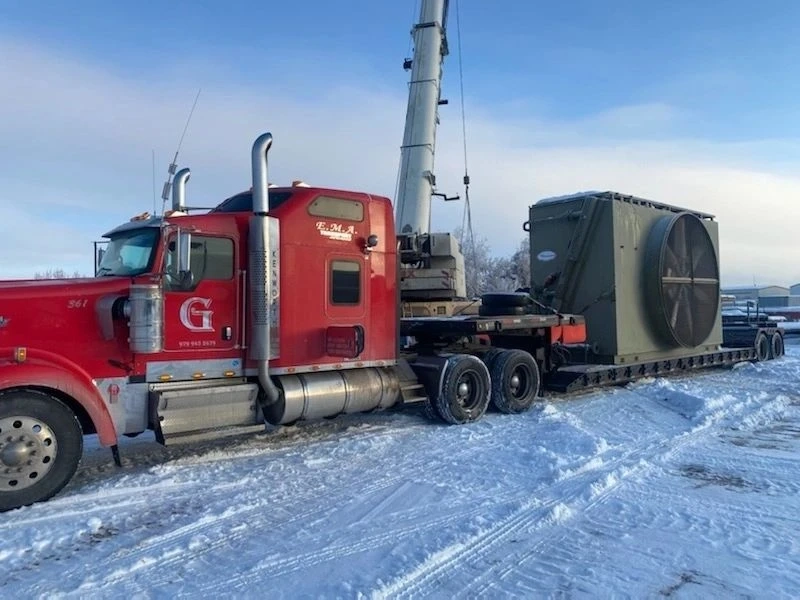In the freight logistics industry, trailer selection plays a crucial role in determining the efficiency and safety of cargo transportation. When it comes to hauling tall, oversized, or irregularly shaped freight, step deck and double drop trailers are among the top choices. Each offers unique advantages in terms of height clearance, load capacity, and operational flexibility. Understanding the differences between these trailer types is essential for shippers, especially those relying on advanced logistics and supply chain management in heavy haul services.
What Is a Step Deck Trailer?
A step deck trailer, also known as a drop deck, features two deck levels—a higher front deck and a lower rear deck. This design allows taller cargo to be transported without exceeding height restrictions. Standard step deck trailers offer approximately 10 feet of loadable height on the lower deck, making them ideal for equipment and machinery that would otherwise be too tall for a flatbed.
What Is a Double Drop Trailer?
A double drop trailer, also called a lowboy, features a well-like lower deck between the front gooseneck and rear axles. This design allows it to carry taller freight—typically up to 11.5 to 11.6 feet high—by lowering the cargo deck. While the federal legal height limit for vehicles traveling on interstate highways is 13 feet 6 inches, this includes the total height of both the trailer and its load. Most standard and step deck trailers can’t accommodate tall freight without exceeding this limit. That’s why double drop trailers are essential for safely transporting overheight loads within legal boundaries.
When to Use Each Trailer Type
● Choose a step deck when your cargo is tall but manageable within 10 feet or when loading and unloading efficiency is a priority. These trailers are commonly used in logistics operations, warehouse equipment transport, and construction freight.
● Choose a double drop for extra-tall or high-value cargo that cannot be disassembled or compressed. This includes generators, transformers, oversized vehicles, and custom industrial machinery often moved by freight brokerage companies or specialized carriers.
Integrated into Modern Logistics Systems
Whether it’s part of a supply chain solution or a national infrastructure project, selecting the right trailer helps optimize overall logistics transportation systems. Both step decks and double drops are essential components in transportation and logistics companies’ fleets, ensuring that freight arrives safely, legally, and on time.
Conclusion
Choosing between a step deck and a double drop trailer depends on your cargo’s height, weight, and delivery route. Understanding these trailers’ clearance advantages allows businesses to make informed logistics decisions—especially in industries that depend on cargo shipping and logistics management. For expert support and access to a wide range of trailer types, AMP Specialized Logistics, LLC offers tailored solutions backed by a robust carrier network and decades of experience.


